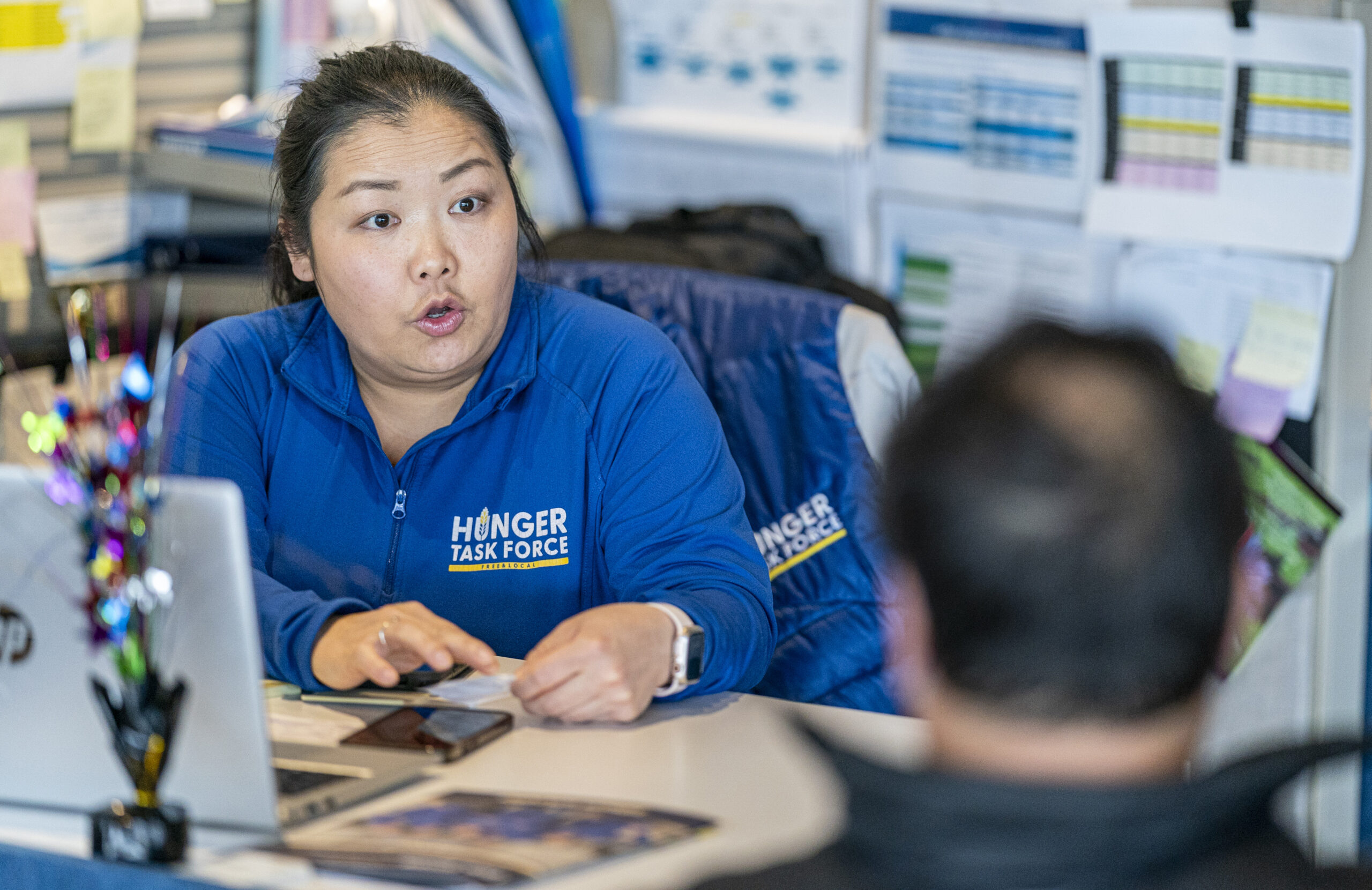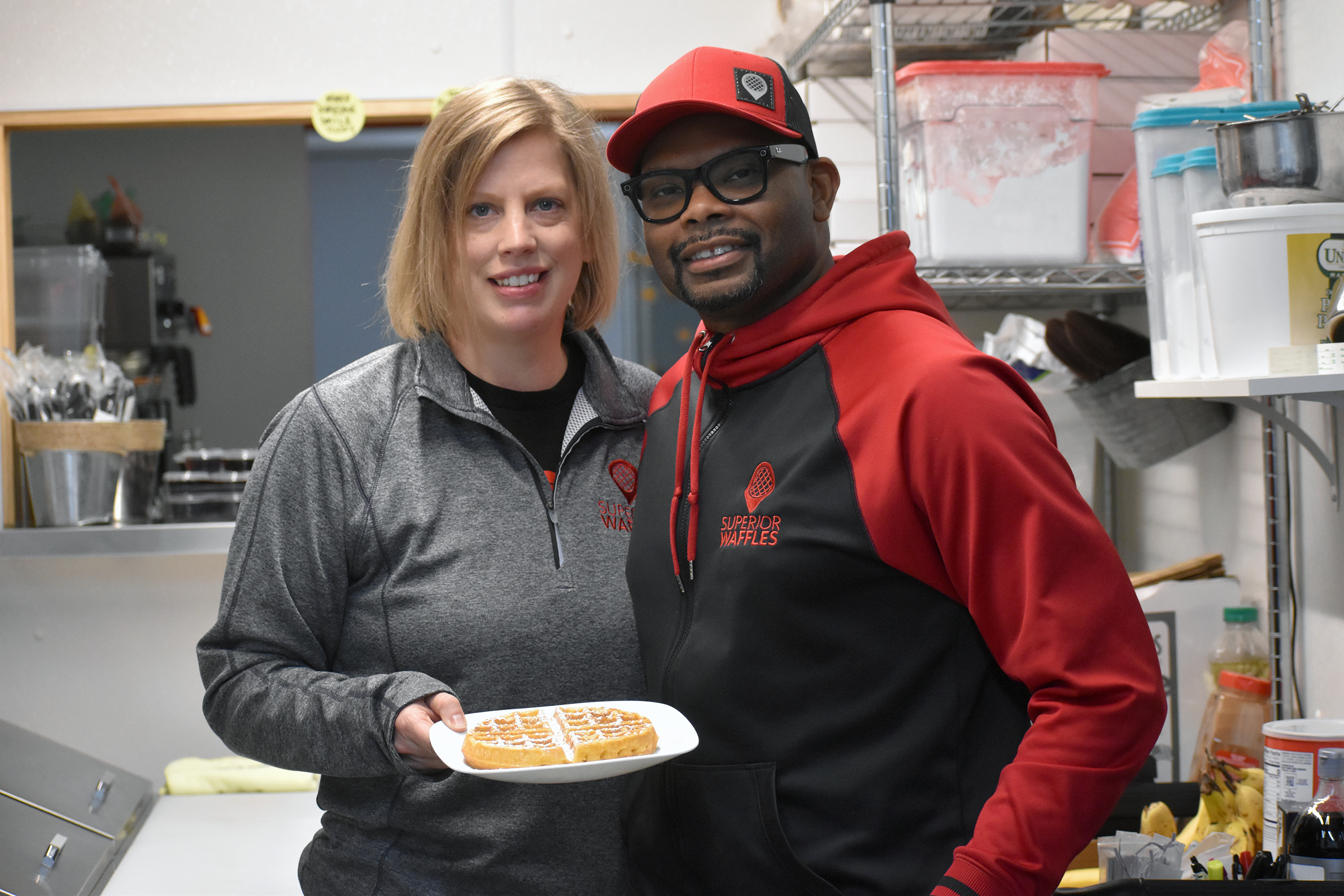We learn about detecting viruses by monitoring air in public spaces. Then, an economist at the Chicago Federal Reserve explains why racial wealth gaps persist. Then, we examine efforts to reduce the use of additives in food.
Featured in this Episode
-
Air samplers can detect viruses in schools, other public places
Last year, researchers tracked the spread of viruses in several schools in Oregon, Wisconsin, using air sampling technology. The study suggests flu and COVID-19 could be detected in public places within minutes, says lead author Dr. Jonathan Temte.
-
Chicago Fed reviews racial wealth gaps
While the American economy has largely recovered from the COVID-19 pandemic, racial wealth gaps remains nearly as wide as before, according to a new report by the Chicago Federal Reserve. We get insight from the report’s author, who directs the Chicago Fed’s Economic Mobility Project.
-
States consider regulations of food additives
Illinois lawmakers are considering a measure that would ban several food additives, including Red Dye No. 3. In October, California became the first state to ban specific food additives. We speak with the Environmental Working Group about efforts to reduce food additives.
Episode Credits
- Kate Archer Kent Host
- Dr. Jonathan Temte Guest
- Kristen Broady Guest
- Scott Faber Guest
- Keegan Kyle Executive Producer
- Joel Patenaude Producer
- Royce Podeszwa Producer
- Courtney Everett Producer
- Lee Rayburn Technical Director
Wisconsin Public Radio, © Copyright 2025, Board of Regents of the University of Wisconsin System and Wisconsin Educational Communications Board.




